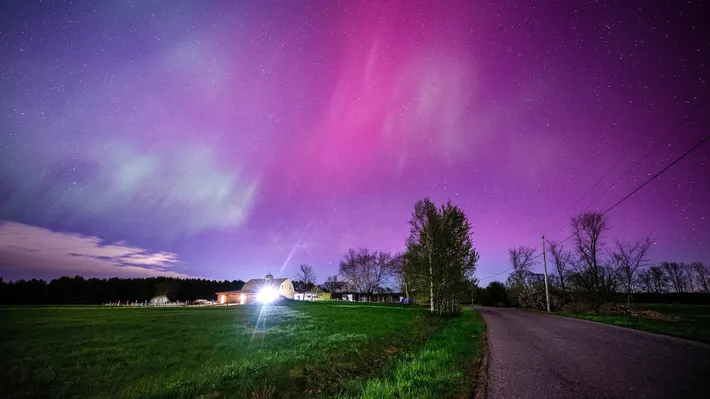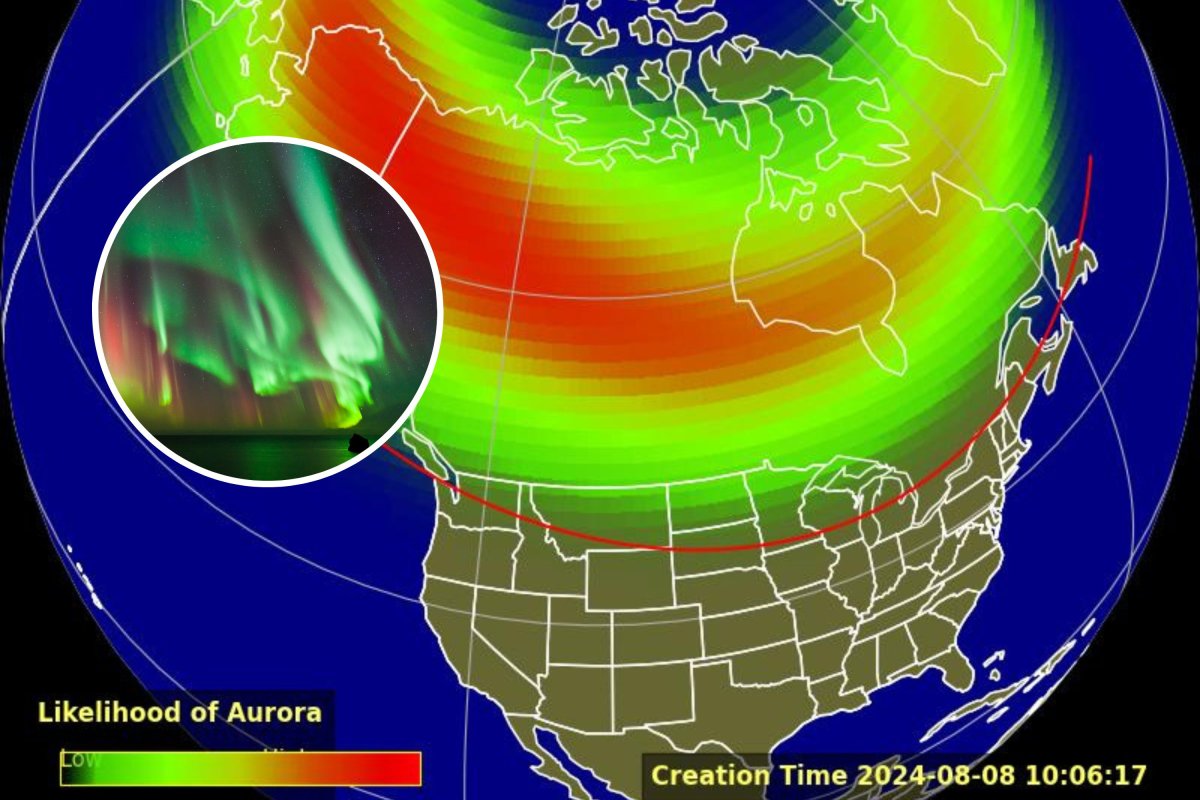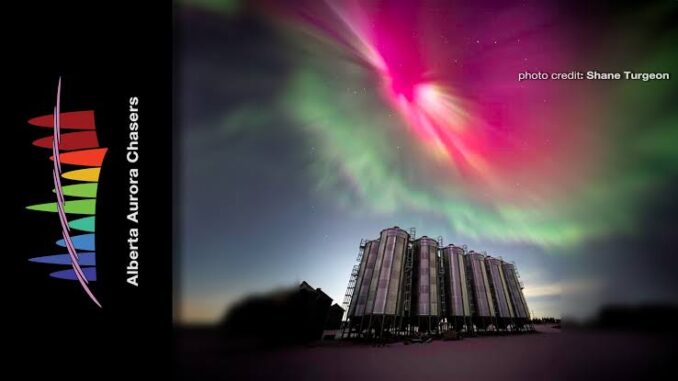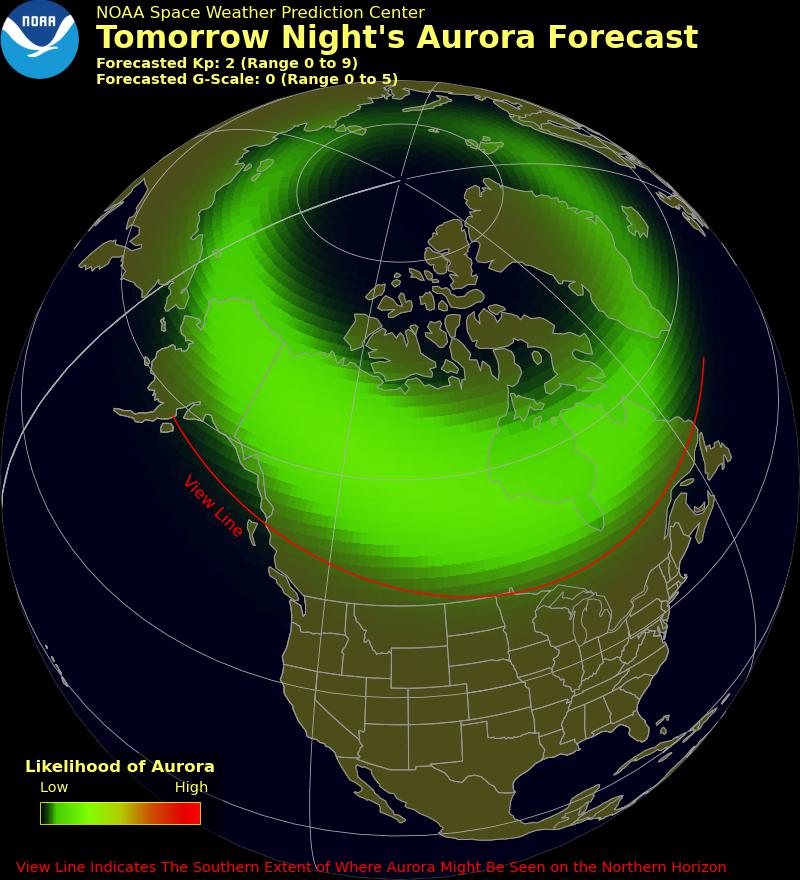
### Celestial Update: Keep Your Eyes on the Sky – October 19-20, 2024
As the autumn nights grow longer, stargazers and astronomy enthusiasts have a celestial treat in store. The evenings of October 19 and 20, 2024, promise to deliver a spectacular show, featuring a captivating meteor shower, the visibility of prominent planets, and the enchanting sight of the Moon. This celestial update will guide you through the astronomical events to watch for and how to make the most of this extraordinary opportunity to connect with the universe.
#### The Orionids Meteor Shower
One of the highlights of this weekend is the Orionids meteor shower, which peaks on the nights of October 19 and 20. This annual meteor shower, associated with Halley’s Comet, is renowned for its bright meteors and rapid fireballs. Originating from the constellation Orion, the Orionids are known for their swift and colorful streaks across the night sky, with rates of up to 20 meteors per hour under optimal conditions.
**Best Viewing Times:**
To catch the best view of the Orionids, plan to be outside between midnight and dawn. During these hours, the sky will be darkest, allowing you to see more meteors. It’s advisable to find a location away from city lights, where the Milky Way shines brightly, and the darkness enhances the visibility of these celestial phenomena.
**What to Expect:**
The meteors from the Orionids are particularly notable for their speed, traveling at about 148,000 miles per hour as they enter Earth’s atmosphere. Their bright trails and occasional fireballs can provide an awe-inspiring experience for viewers. Given the moon’s phase this weekend, expect a waning gibbous Moon, which will rise later in the night and set the stage for better meteor visibility as it climbs higher in the sky.
#### Planetary Alignments
In addition to the meteor shower, the nights of October 19 and 20 will also offer exceptional views of several planets. On these evenings, Jupiter, Saturn, and Mars will be prominently visible.
**Jupiter:**
Jupiter, the largest planet in our solar system, will be shining brightly in the southern sky. With its banded clouds and the possibility of seeing its four largest moons—Io, Europa, Ganymede, and Callisto—Jupiter offers a spectacular sight through binoculars or a small telescope.
**Saturn:**
Not far from Jupiter, Saturn will be visible as well. Its stunning rings make it one of the most recognizable and admired objects in the night sky. If you have access to a telescope, even a small one will allow you to see Saturn’s rings in all their glory.
**Mars:**
Mars, the red planet, will also be a prominent feature of the night sky. Its reddish hue is a distinguishing characteristic that makes it easy to spot. Observers should look to the eastern horizon, where Mars will rise early in the evening, adding to the vibrant planetary display.
#### The Moon’s Presence
The Moon will play a significant role in the celestial events of October 19-20. On October 19, the Moon will be in its waning gibbous phase, which means it will be partially illuminated. This phase provides an excellent opportunity for lunar observation. The shadows cast by the craters and lunar mountains will be more pronounced, making features like the Sea of Tranquility and Tycho Crater particularly interesting.
**Photographic Opportunities:**
Astrophotographers should take advantage of the Moon’s illumination for capturing stunning images. Using a telescope or a camera with a good zoom lens, you can create detailed photographs of the lunar surface. The contrast of the craters and plains against the backdrop of the night sky will yield captivating images.
#### Preparing for Your Stargazing Experience
To make the most of these celestial events, here are a few tips for stargazing during the Orionids meteor shower and planetary display:
1. **Find a Dark Location:** Choose a site away from urban light pollution. Parks, open fields, or hillsides away from city lights provide the best views.
2. **Dress Appropriately:** As October nights can be chilly, dress in layers to stay warm. Bring blankets or sleeping bags for comfort.
3. **Bring Binoculars or a Telescope:** While many celestial events can be enjoyed with the naked eye, binoculars or telescopes enhance the experience. If you’re looking to see details of the planets or the Moon, these tools can make a significant difference.
4. **Be Patient:** Meteor showers can be unpredictable. Give yourself time to adjust to the darkness, and relax as you scan the sky for meteors. It can take 20 minutes or more for your eyes to fully adapt to the dark.
5. **Check the Weather:** Cloud cover can obstruct your view of the night sky, so check the weather forecast. If clouds roll in, consider adjusting your schedule to catch the best visibility.
6. **Document Your Experience:** Whether through photography or journaling, documenting your stargazing experience can make for lasting memories.
#### Conclusion
The nights of October 19 and 20 offer an incredible opportunity to witness some of the universe’s most magnificent displays. From the swift Orionids meteor shower to the dazzling visibility of Jupiter, Saturn, and Mars, along with the beautifully illuminated Moon, this celestial event promises to be a highlight of the autumn sky.
So grab a blanket, head outside, and immerse yourself in the wonders of the cosmos. Whether you’re a seasoned astronomer or a curious beginner, these nights will undoubtedly inspire awe and wonder as you connect with the universe above. Keep your eyes to the sky and enjoy the celestial dance!



Be the first to comment